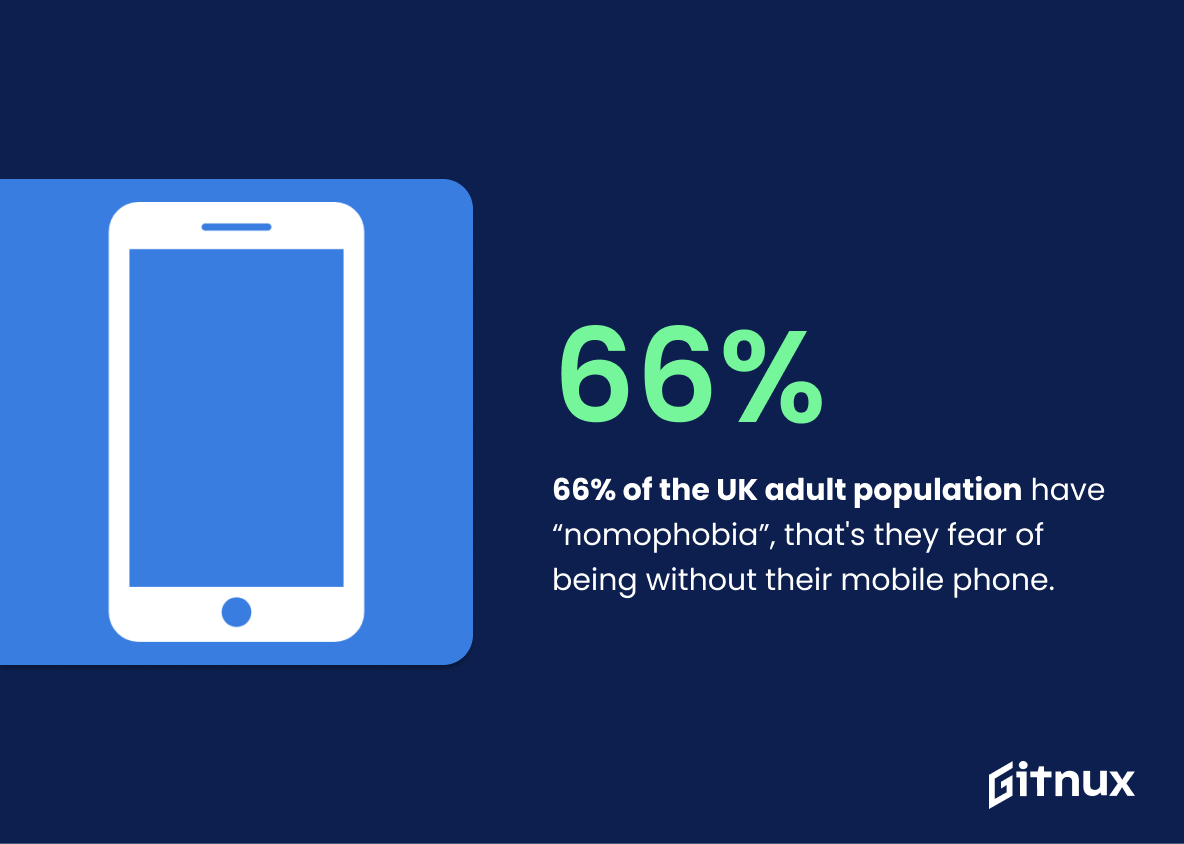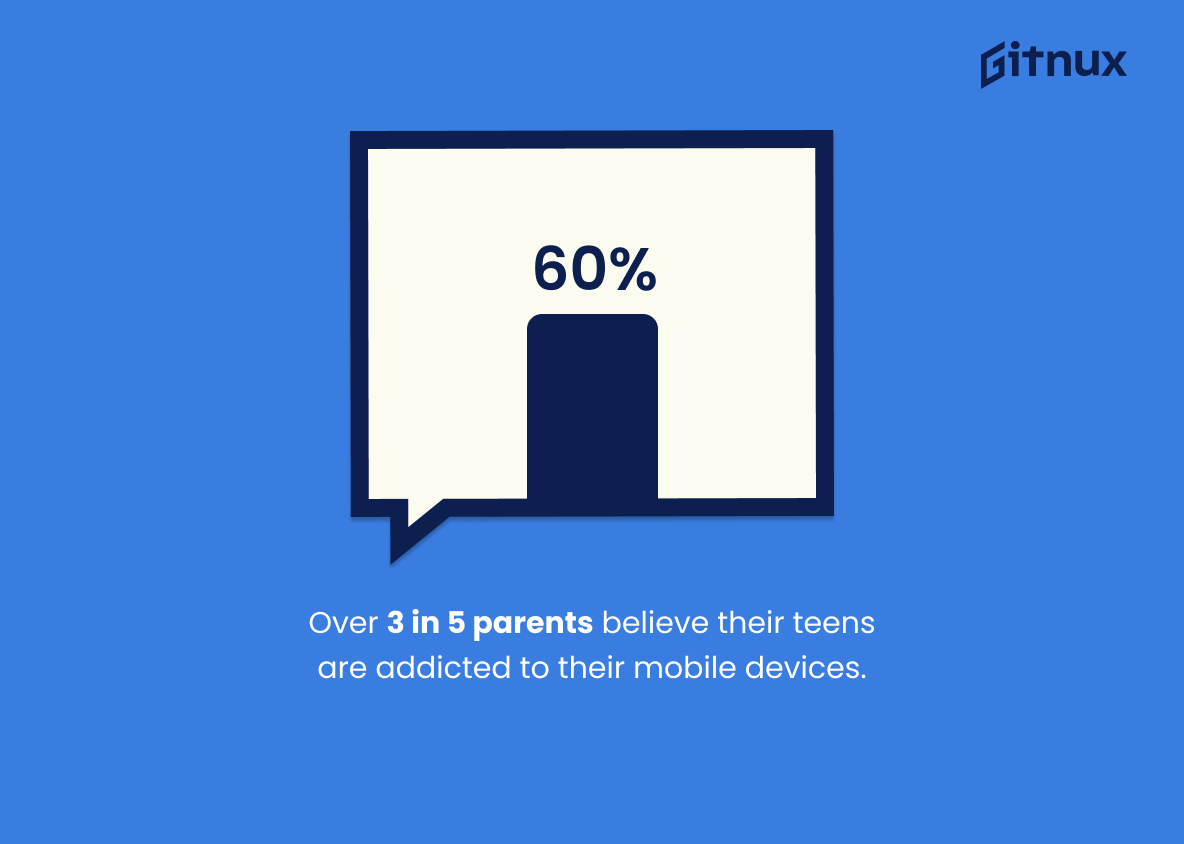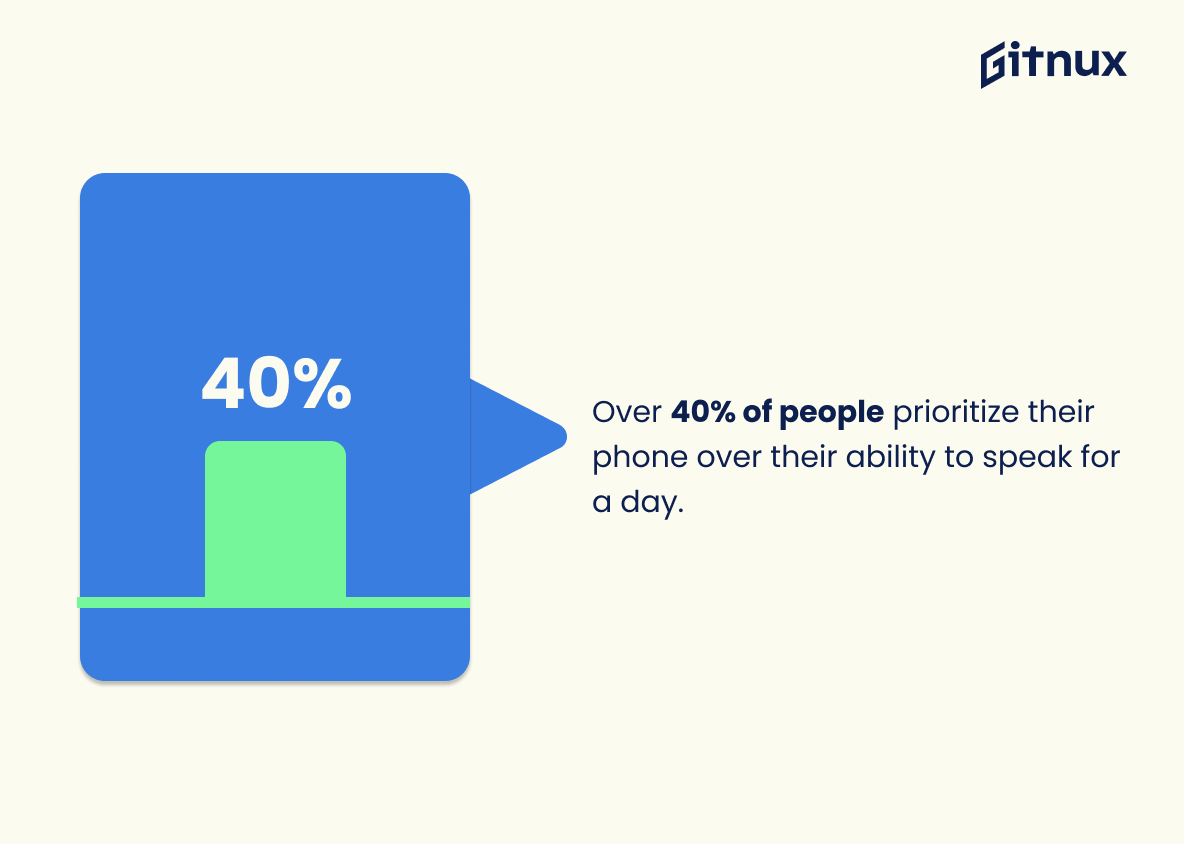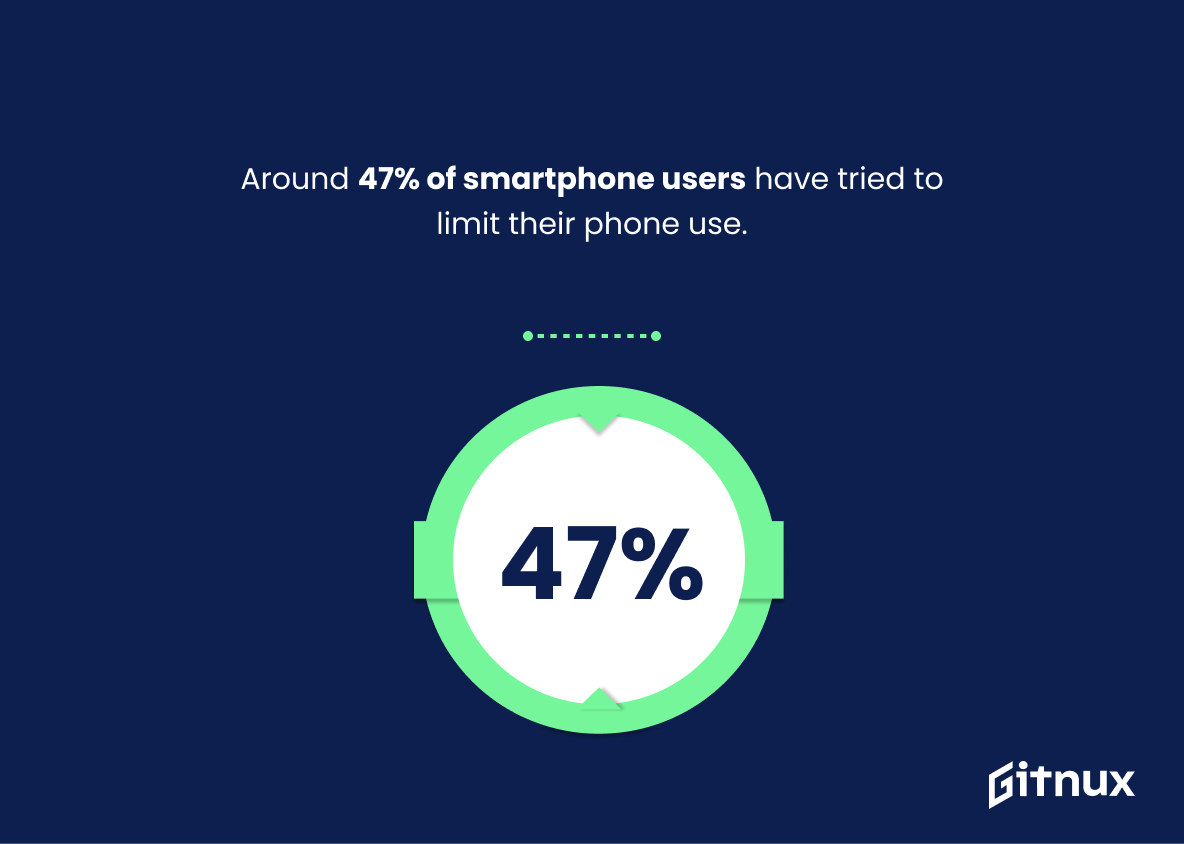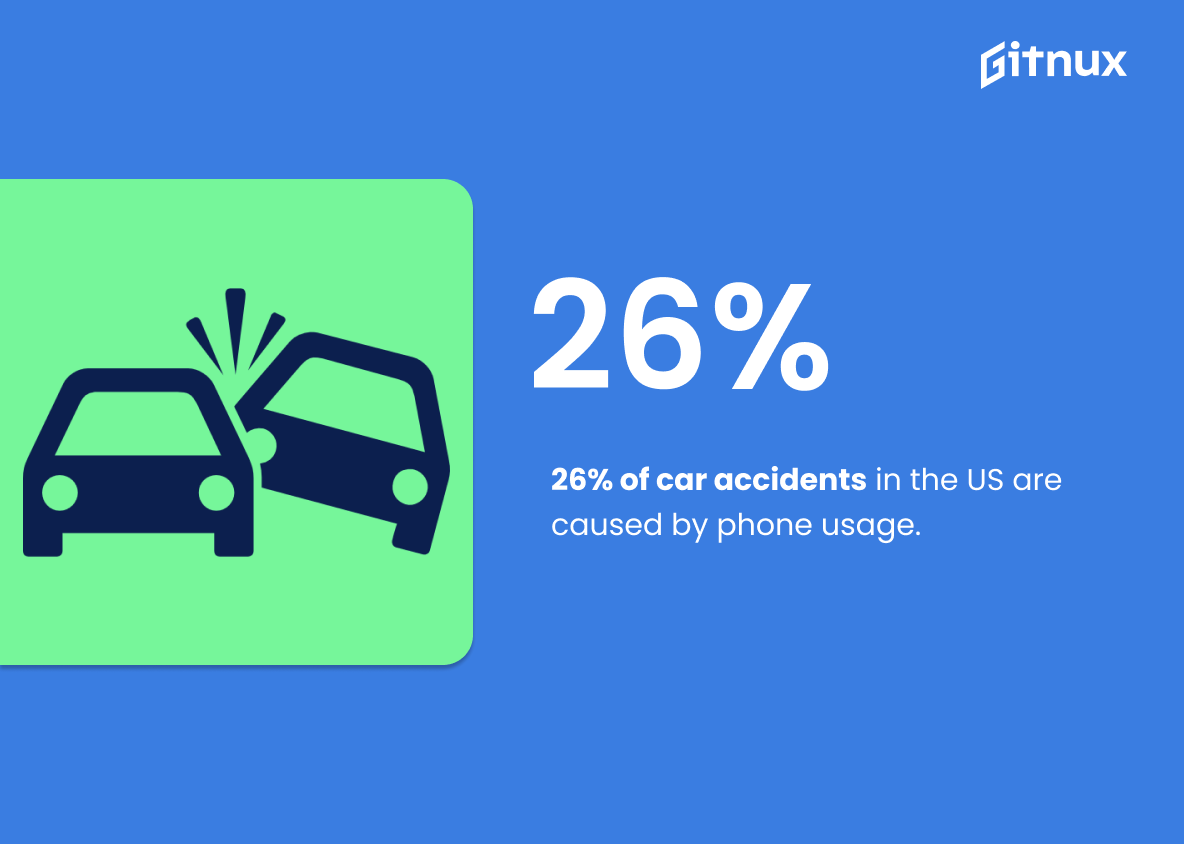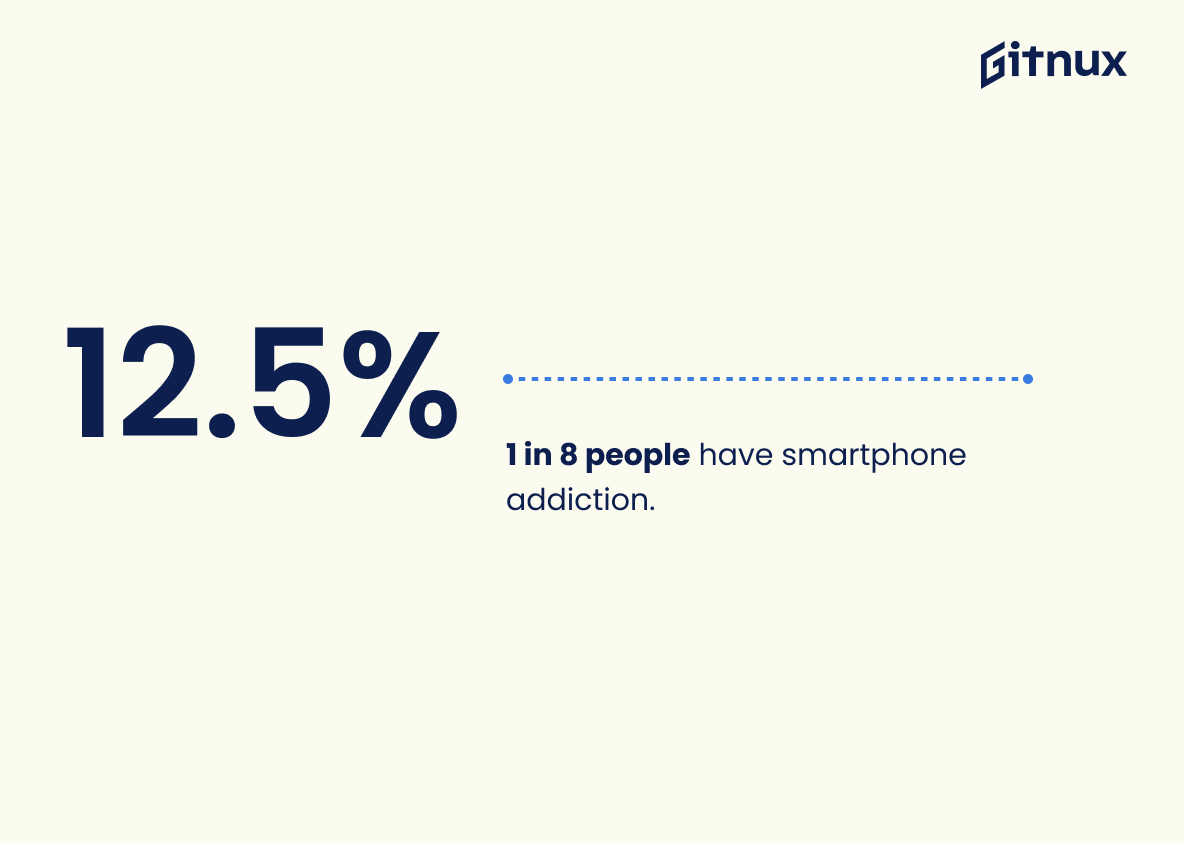In the technologically advanced world of today, smartphones have become an essential part of our lives. Their convenience, multi-functionality and the fact they bring the world to our fingertips is impressive, but there’s a dark side that we can no longer ignore – addiction.
This blog post delves into the alarming statistics surrounding smartphone addiction, serving as a wake-up call to examine our interaction with these pocket-sized devices. We’ll explore just how widespread this digital dependency has become, the detrimental effects it poses on our mental health, and how it influences our day-to-day behaviour. So, buckle up as we journey into the eye-opening world of smartphone addiction statistics.
The Latest Smartphone Addiction Statistics Unveiled
Approximately 66% of the UK adult population suffer from “nomophobia”, or, in other words, they fear of being without their mobile phone.
This telling figure indeed sets off an alarm, heralding a concerning trend towards smartphone addiction among the UK adult population. An astounding 66% of them reportedly suffer from “nomophobia,” the fear of being without their mobile phone. It significantly informs the scope of mobile dependence, cementing the urgency to address this issue. In the universe of smartphone addiction statistics, this percentage is a bright star, demanding our attention. It prompts further exploration of the psychological and sociological implications while urging the development of effective strategies to mitigate this digital pandemic.
More than 3 out of 5 parents think their teens are addicted to their mobile devices.
Infusing this crucial nugget of evidence – ‘more than 3 out of 5 parents believe their teens are tethered to their mobile devices’ – injects an indispensable layer of concrete reality into the dialogue on Smartphone Addiction Statistics. This unambiguous data conveys the prevalence and urgency of the phenomenon, playing a pivotal role in magnifying its gravity. It silently screams the existence of a palpable concern among parents about their child’s increasing reliance on smartphones, painting a robust picture of the addiction narrative.
This testament to tech-enslavement not only convinces the reader of its rampant spread among the younger generation, but also prompts them to reflect and reckon with its pervasive influence in society. Another intriguing angle this statistic offers is the validation of concerns from the vantage point of parents, thus encouraging empathy and a broader understanding on this matter to the readership.
39% of the U.S. population can’t stay away from their phone for more than 7 to 10 minutes at a time.
As you immerse yourself in the labyrinth of smartphone addiction statistics, it’s quite fascinating – and a bit startling – to encounter the revelation that 39% of the U.S. population can’t resist the gravitational pull of their phone for more than 7 to 10 minutes at a time. This compelling statistic serves as a potent barometer of our thriving smartphone dependency, highlighting the pervasive and incessant nature of our digital engagement.
It’s a stark indication of how entwined our lives are with these pocket-sized devices, a reality that forms the core of discussions on smartphone addiction. This insight has the potential to stimulate dialogue on the implications for mental health, productivity, and the basic human need for real-life interaction. In essence, it paints a picture of an increasingly digital society and the gripping hold smartphones have on a sizable portion of the U.S. populace.
More than 40% of people would rather lose their voice for a day than lose their phone for 24 hours.
Shining a spotlight on our ever-growing dependency on technology, this statistic reveals a sobering truth – over 40% of people would prefer to surrender their voice for a full day than to undergo a 24-hour separation from their smartphones.
Within our blogging narrative on smartphone addiction, this fact weaves a captivating story of how our handheld devices have spiraled from mere communication tools to lifelines we clutch onto, clearly showing the gravity of smartphone addiction. This surprising preference for speechlessness over digital disconnection underlines the pervasiveness of the issue and the severity of our societal tether to technology.
Around 47% of smartphone users have attempted to limit their phone use.
Illuminating the shadowy corners of our collective smartphone obsession, we unearth a compelling figure ~ 47% of smartphone users have endeavored to rein in their phone usage. This statistic not only underscores the self-awareness of our current digital dilemma but also the palpable struggle against the digital leash. Almost half of smartphone users recognize their excessive screen time and overwhelmingly feel the need to unplug.
Driven to seek digital detox, it’s glaring evidence of the line between utility and addiction being blurred in the age of smartphones. For a blog post centered on Smartphone Addiction Statistics, this figure operates as a potent indicator of the pervasive gravity of smartphone addiction prevalent in our society today.
26% of car accidents in the US are caused by phone usage.
Peeling back the curtain on smartphone addiction may reveal astonishing truths, one of which is the gripping statistic that a whopping 26% of car accidents in the US are rooted in phone usage. This figure serves as a warning siren, illuminating the dark implications of phone addiction that often reach beyond our screens and into the physical world.
It breathes life into the abstract concept of smartphone addiction, substantiating it with a stark, real-world consequence – a terrifying roulette of car accidents. As your eyes scan these words and absorb the weight of this figure, the message is clear: the monster under the bed is real and has a name – smartphone addiction, a beast we must urgently tame.
Nomophobia affects 40% of the population.
Diving deeper into the realm of smartphone addiction statistics, it is truly illuminating to discover that ‘Nomophobia’, or the fear of being without a mobile phone, actually impacts a substantial 40% of the population. This notable figure serves as a substantive evidence of society’s growing dependency on technology, particularly smartphones.
It sends a resounding signal to the readers about the extensive influence of this phenomena, compelling them to pay close attention to the implications of such trends their daily lives, social interactions and even mental health. The prevalence of ‘Nomophobia’ clearly validates the relevance and urgency of discussing, understanding and combating smartphone addiction.
1 in 8 people have smartphone addiction.
In the realm of Smartphone Addiction Statistics, the norm of “1 in 8 people having a smartphone addiction” serves as a striking wake-up call. This figure transforms the abstract concept of addiction into a more concrete quantum, provoking readers to visualize a row of eight people, with one person inevitably engrossed in their digital world. It’s a striking testament to the global grip of technology on human behavior, shining a flashlight into a modern society’s predicament. It attests to the magnitude of the challenge faced and pushes for a closer examination of our relationship with these ubiquitous devices.
80.5% of students showed a significant positive correlation between internet addiction and smartphone addiction.
Reflecting upon this compelling figure – the striking 80.5% of students who demonstrate a significant positive correlation between internet addiction and smartphone addiction plays a pivotal role in enhancing our understanding of smartphone addiction. In a world deeply engrossed in internet usage, this statistic punctuates the seriousness of the situation by tracing the invisible threads connecting two burgeoning digital addictions.
In the vast tapestry of our discourse on Smartphone Addiction Statistics, this statistic stands out, serving as a beacon, illuminating the underlying connections within our digital society. It underscores the likelihood that tackling one form of addiction could potentially lead to mitigating the other, offering a dual-strategy approach to those wishing alleviate their dependence. Thus, painting a more comprehensive, nuanced picture of the complex dynamics at play in the realm of technological addictions.
As of 2018, the average smartphone user in the United States spends over 3 hours a day on their devices.
Delving into the realm of Smartphone Addiction Statistics, one of the most thought-provoking revelations is that, as of 2018, an average American smartphone user devotes a startling three plus hours daily to their handheld vice. This revelation serves as a potent testament to the degree of our dependence on these digital devices. Coupled with the human propensity for habit-forming behavior, these numbers beckon an introspection of our societal mores around smartphone use and the conceivable implications thereafter.
The resultant addiction to these devices not only impinges upon our mental well-being, but also fuels an unhealthy disconnect from reality, transforming this significant statistic into a clarion call for intervention strategies aimed at fostering healthier mobile device habits.
58% of smartphone users don’t go one hour without checking their phone.
Delving into the realm of smartphone addiction, we come across an intriguing figure: a whopping 58% of smartphone users are unable to let an hour pass by without reaching for their devices. This finding paints a compelling picture of our technological tethering. It underscores the pervasive sense of urgency and hyper-connectivity that fuels our current smartphone culture.
Furthermore, this staggering dependence may hold possible implications for mental health, productivity, and interpersonal relationships, inviting further exploration into our digitized existence. It’s an essential component of a data driven discourse on smartphone addiction.
Nearly 40% of users check their phone within five minutes of waking up.
Heralding the dawn with the soft glow of smartphone screens, is an alarmingly growing tribe of mobile enthusiasts, with nearly 40% of users checking their phones within the first five minutes of awakening. This percentage broadcasts the urgency and attachment users feel towards their digital companions, displaying an over-reliance that borders on addiction.
In the realm of posting about Smartphone Addiction Statistics, this figure serves as an explosive nugget of evidence, leaving little room for denial of our increasing dependence on these devices. Scratch beneath this statistic, and we uncover a landscape where our first waking thoughts are dictated by technology, underlining the need for conversation and action in addressing this digital obsession.
Conclusion
Smartphone addiction is indeed a glaring issue in today’s technologically advanced society. The statistics signify a clear indication of an increasing dependence on these devices. For some, smartphones have become an essential lifeline, while for others, they have turned into an obsessive compulsion.
The escalating statistics enlighten us about the adverse effects of this addiction on both mental and physical health. It’s essential to cultivate a balanced relationship with our smartphones, embracing the convenience they offer, yet setting boundaries to limit their control over our lives. The key to mitigating smartphone addiction lies in awareness, understanding, and making conscious and disciplined choices.
References
0. – https://www.www.nsc.org
1. – https://www.www.bankmycell.com
2. – https://www.www.ncbi.nlm.nih.gov
3. – https://www.www.pewresearch.org
4. – https://www.www.ofcom.org.uk
5. – https://www.www.emarketer.com
6. – https://www.www.commonsensemedia.org
7. – https://www.www4.stat.ncsu.edu
8. – https://www.www.thinkwithgoogle.com
